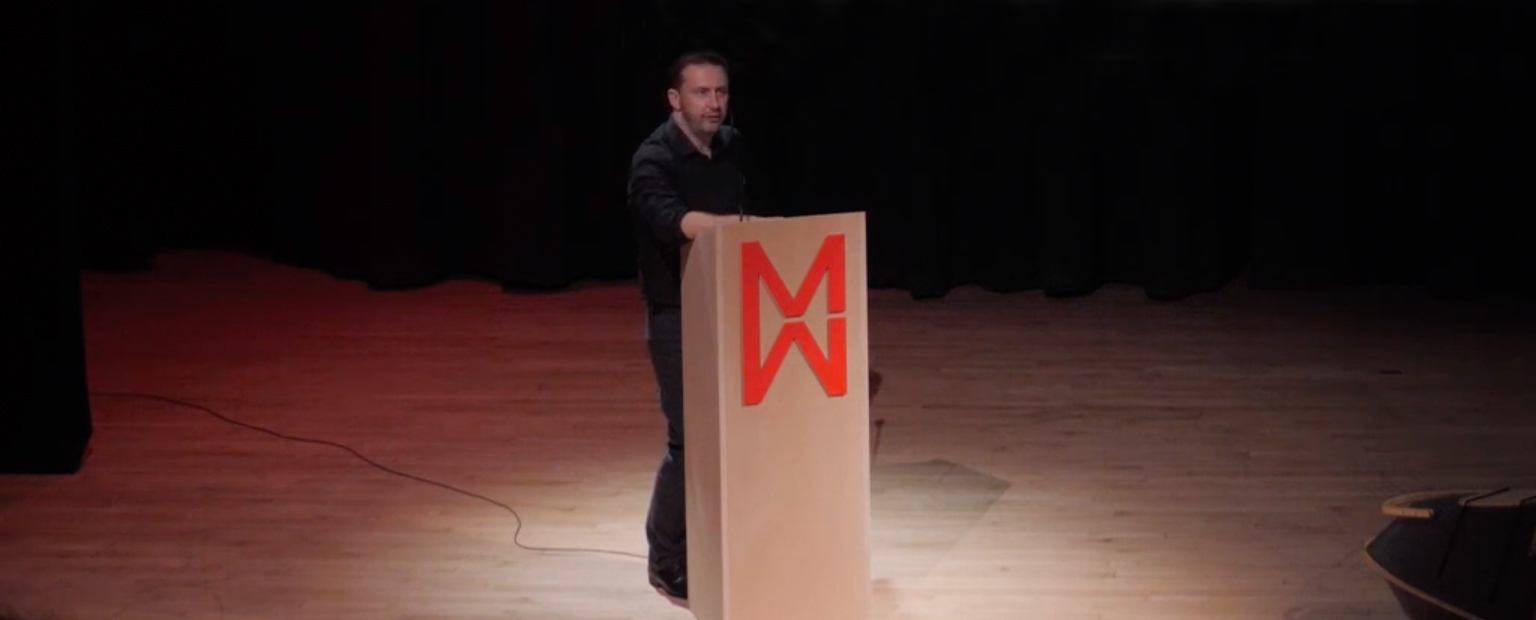Shapes and Gates
Shapes and Gates: Communicating Design’s Purpose
Recently I was honoured to be asked to speak at the Malta Design Week, this was as a result of working with an excellent group of colleagues, The Valletta Design Cluster. The Valletta team and PDR are working together (and with other partners) on a large EC funded project to support design-led innovation in SMEs.
In planning my talk, it occurred to me that I am far more experienced in talking to non-designers than I am to designers. This is because I often find myself in situations where I am trying to convince an audience that design can be an effective tool for innovation. In those situations, I often find myself faced with the age old problem of trying to define design. Better people than me have failed to tie that one down, so I won’t try to solve it here! But, in reflecting on my attempts, and the attempts of my colleagues, I think I have noticed something interesting. That is, when we fail to describe what design is, or present some bland explanation like ‘design is a problem solving process’, we often fall back on describing how we design instead. But, I wonder, do we as designers do ourselves a disservice when we creatively present our thinking processes to the uninitiated? The front-end is fuzzy, but we’ll clarify that with a double diamond process consisting of a problem space and a solution space, within this we’ll iterate, in stages; but don’t worry, because we’ll use stop/go gates to take us to the market. The diagram below makes this nice and clear!

Shapes and Gates, the potentially confusing design approach
Whilst it might not be easy to determine quite what design is, it is probably much easier to understand what someone paying for design wants. They want what they want from all business functions: to reduce risk. This is the same need whatever form of design is under consideration: Communication, reduce the risk that the message is misunderstood; Products, reduce the risk that the market doesn’t buy; Service, reduce the risk of dissatisfaction; etc.
If we take the case of the Kitchen Appliance manufacturer concerned about the trend towards the Internet of Things. In this case, they’ve been successfully designing new kitchen products for 50 years, but the prospect of an internet enabled food mixer seems at odds with their design approach. We come in to investigate user needs, to look at kitchen trends for the next generation of potential customers, and link their brand with what we discover, that Millennials haven’t learned to cook, but they’d really like to. Yes, we did start fuzzy, explore needs with users, and develop solutions. We did provide new internet enabled kitchen concepts and produce a product development strategy. But, most importantly we reduced risk, we reduced the risk that the company would invest in inappropriate development, and we reduced the risk that the next generation of customers would reject the company’s products.
When we talk to our partners in these terms of risk, they get what we do more easily, and it allows us to push design into new areas. When we worked with Welsh Government to streamline their innovation funding application process for Welsh Companies, we spoke about risk. We used design not only to improve the application forms, but also to communicate the process to applicants. This meant a better understanding of the application process, the monitoring process, and the audit processes entailed. We aimed to manage expectations on the decision-making process, encouraging more companies to apply. What we were attempting to do was to address the risk of company frustrations, the reputational risks to the innovation funding team, and the risks of not adequately stimulating innovation in the region.
As designers we have our own ways of working, and the structured creative process is an amazing innovation tool – but to communicate the point of design to our main audience, non-designers, we must find ways to talk their language as well as our own.

